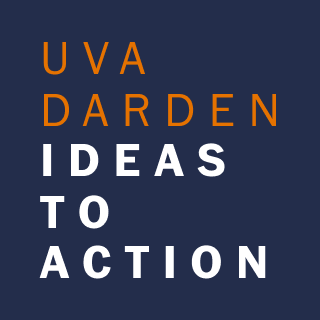

 Article
Article

 Worker hotlines have long been used to identify and address grievances in the workplace. However, these complaint mechanisms can often suffer from a multitude of inefficiencies related to both the operation of the hotline itself and the usage by the workers. Research explores four central causes of the problem and potential solutions.
Worker hotlines have long been used to identify and address grievances in the workplace. However, these complaint mechanisms can often suffer from a multitude of inefficiencies related to both the operation of the hotline itself and the usage by the workers. Research explores four central causes of the problem and potential solutions.

Insights from
Worker hotlines have long been used to identify and address grievances in the workplace. However, these complaint mechanisms can often suffer from a multitude of inefficiencies related to both the operation of the hotline itself and the usage by the workers. There are four central, worker-focused concerns that may be disabling a good complaint line: accessibility, supervisor deterrence, labor rights education and placement of burden.
This four-pronged model for hotline improvement was developed by Darden’s Maya Stephens and UVA’s Kathryn Babineau via a mixed-methods research approach utilizing data from the Milk With Dignity program in the northeastern United States. Positioned at the bottom of a supply chain and acting as price-takers without influence over the market, dairy farm workers represent one of the most underprivileged worker communities in the USA. While insights for this hotline model are certainly derived from research on this specific population, current literature suggests that these findings are applicable to many different kinds of workers and contexts.
In the context of supply chain workers, let us consider what may be going wrong with some current hotline systems and what can be done to fix them.
Employees must be able to understand how to actually use the worker hotline. Though seemingly simple, oftentimes the hours, language and physical mechanism for the hotline isn’t adjusted to the target worker population.
Developing a hotline that encourages usage from your workers requires considering and integrating each of the aforementioned components: hours, language, mechanism. For instance, Milk With Dignity’s worker hotline operates 24/7, conducts over 90 percent of calls in Spanish, and is often accessed via text message, as opposed to the conventional phone call setup.
Inequal power dynamics between managers and employees can lead to a fear of retaliation for many workers in the case that they speak out about a workplace grievance. While whistleblower protections are present in federal and state laws, prevention of direct retaliation remains hard to enforce. Research also points to managers discreetly deterring their employees from using an established worker hotline through not responding to identified complaints. A pattern of inaction by managers dwindles an employee’s motivation to utilize the hotline service.
Severe penalties for direct retaliation at multiple levels of an organization are obligatory. However, incentivizing managers to support usage of the worker grievance mechanism and prioritizing that action is taken on reported complaints can ensure benefits for managers and workers alike. Milk With Dignity has a penalty-sharing model between the managers and the larger buyers, which works to reduce managers’ anxiety about personal risk surrounding employee hotline usage. Further, as the hotline increases in usage, managers become more informed about their workplaces, creating another incentive to encourage hotline utilization.
An employee may be cautious of using a worker hotline if they are unsure that their complaint is valid. Thus, a lack of awareness about one’s labor rights may cause underutilization of grievance mechanisms in the workplace.
Requiring labor rights training for employees can increase worker awareness of their rights. This is a supplement to the more commonly found posters and flyers about labor protections in the workplace. Both trainings and materials need to be delivered in an accessible manner — considering language, timing and payment — but they also must be delivered from trusted sources. For example, Milk With Dignity requires each farm to have an annual rights training that is paid-time and led by fellow employees.
The burden of seeing through a complaint so that it completely moves along a grievance review and resolution system is often placed heavily on the workers themselves. Extra meetings or phone calls, having to recall a poor work experience repeatedly, and even a change in tone at the workplace are all consequences an employee may face when reporting a grievance. Workers are thus deterred from making complaints once these negative impacts are made salient.
Including a worker in a complaint resolution process only when absolutely necessary is a key element for minimizing negative impacts on the complainant. Anonymity of those involved in the complaint and shorter grievance resolution timelines can also reduce the burden experienced by employees. Milk With Dignity staff are tasked with seeing through a complaint on behalf of the worker, often going straight to the manager for more information when a complaint is called in.
These areas of concern represent a challenge to modern hotlines, but also an opportunity for organizations and managers to further support their workers in authentic and actionable ways.
Read more on HBR.org: “How to Create a Worker Safety Hotline That Really Works.” The original article is co-authored by Kathryn Babineau of the University of Virginia Department of Sociology and Maya Stephens from Darden’s Office of Research Services.
Challenges and Opportunities of Worker Hotlines
Share